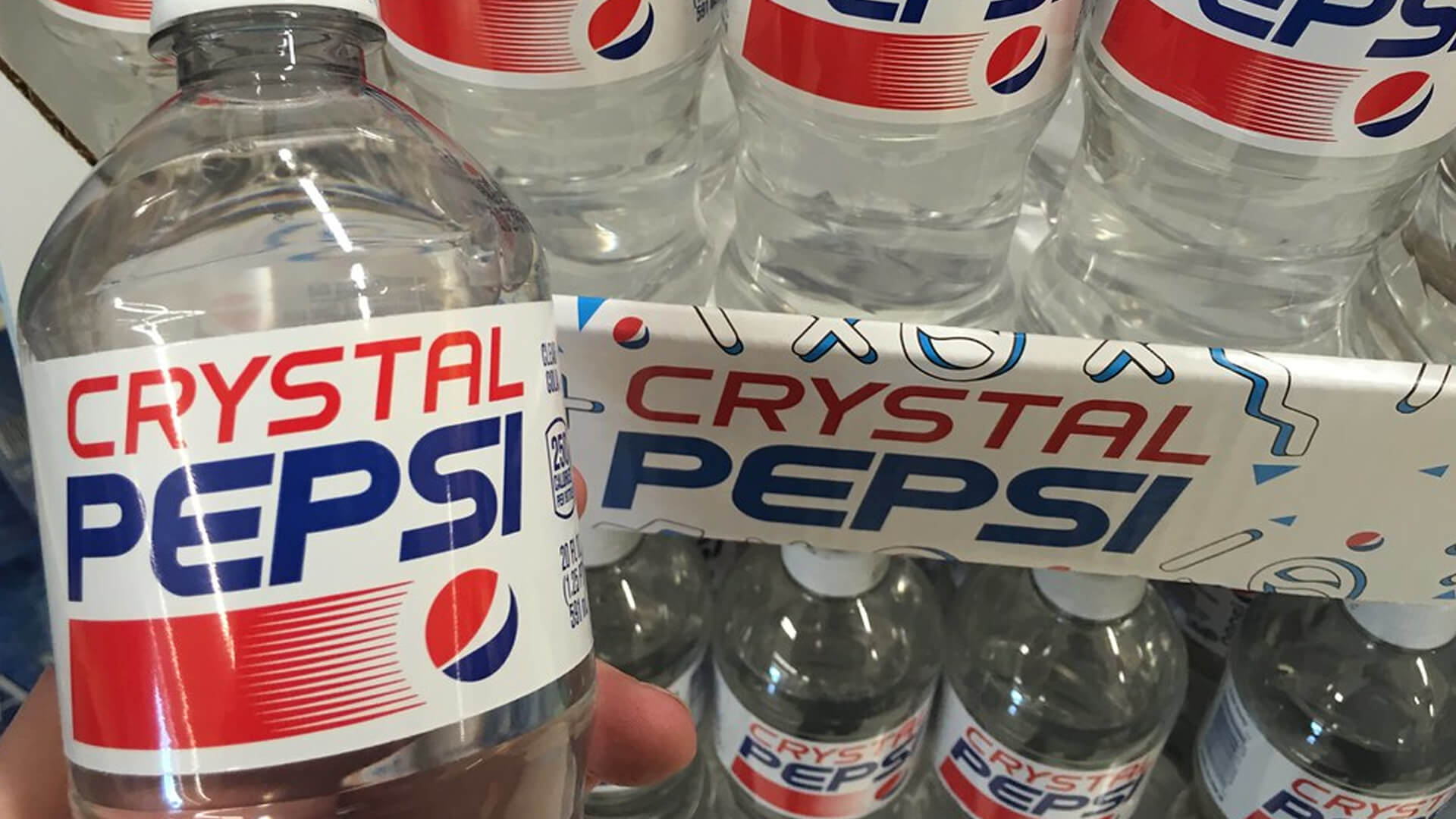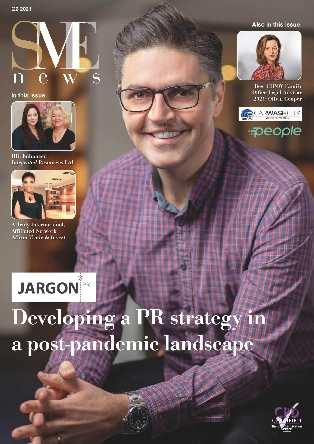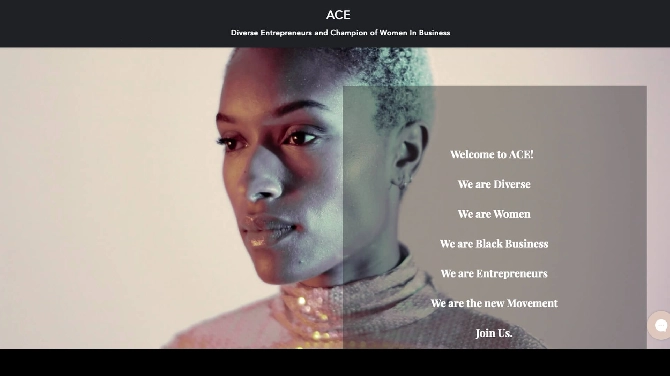Research and development can bring some awesome product developments from idea to reality but as this latest look from R&D tax credit specialist RIFT Research and Development Ltd proves, some things are better left on the drawing board.
RIFT has pulled together some of the biggest product fails to have hit the market over the decades and the big brands that tried to launch them.
1975 – The Sony Betamax
Many in this day and age will give you a look of bewilderment when you mention a VHS but this ancient piece of tech was the downfall of the Sony Betamax back in the 70s.
The Betamax was the latest VCR offering on the market and while it was a superior product in terms of speed and quality compared to others in the VCR range, it was completely crushed by the VHS.
This was due to little more than the fact a VHS could record for 2 hours without a tape change and was perfect for feature films. Proof that even if you stick with what you’re good at, R&D on a product can still be wasted.
1982 – Colgate Lasagna
Yes, in the 80s Colgate launched into the frozen dinner market and not only was their lasagna a monumental fail, but it also caused sales of their toothpaste to plummet as well!









